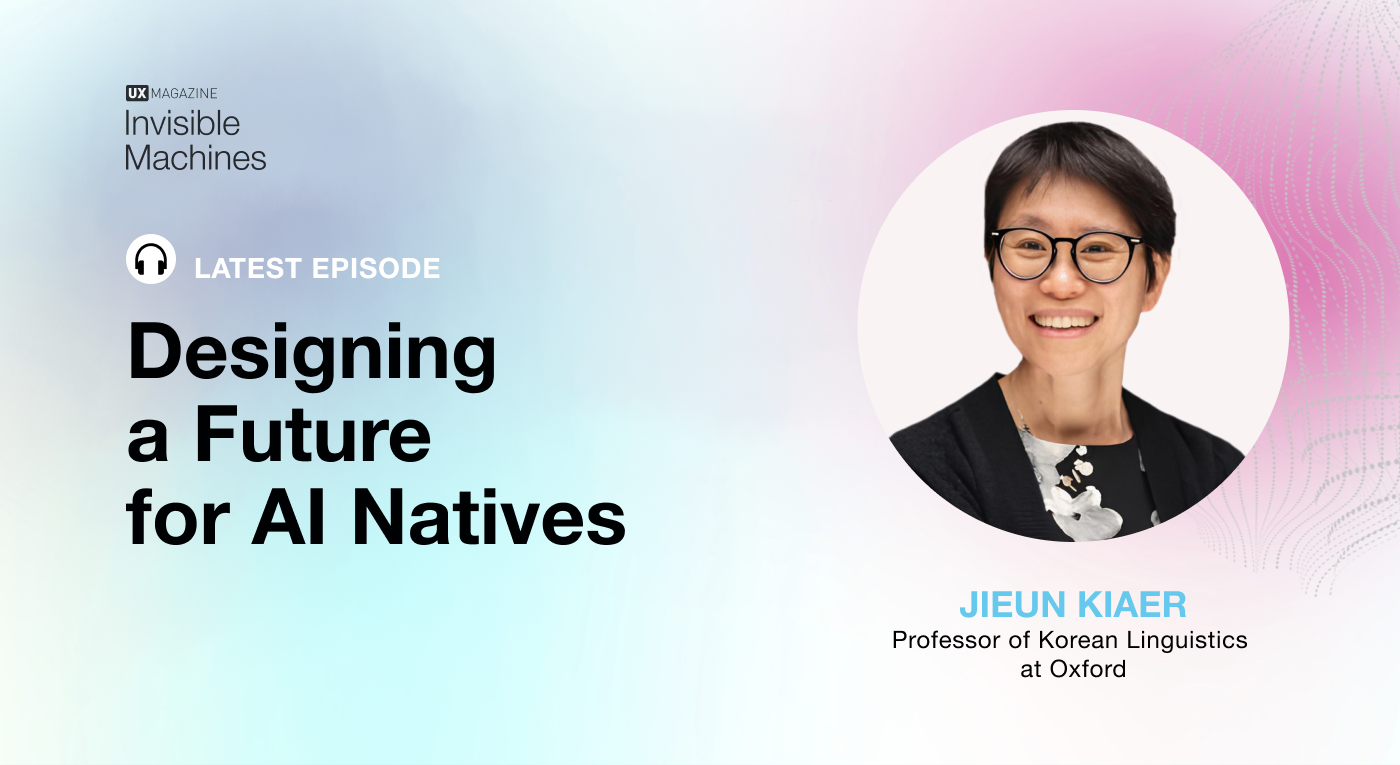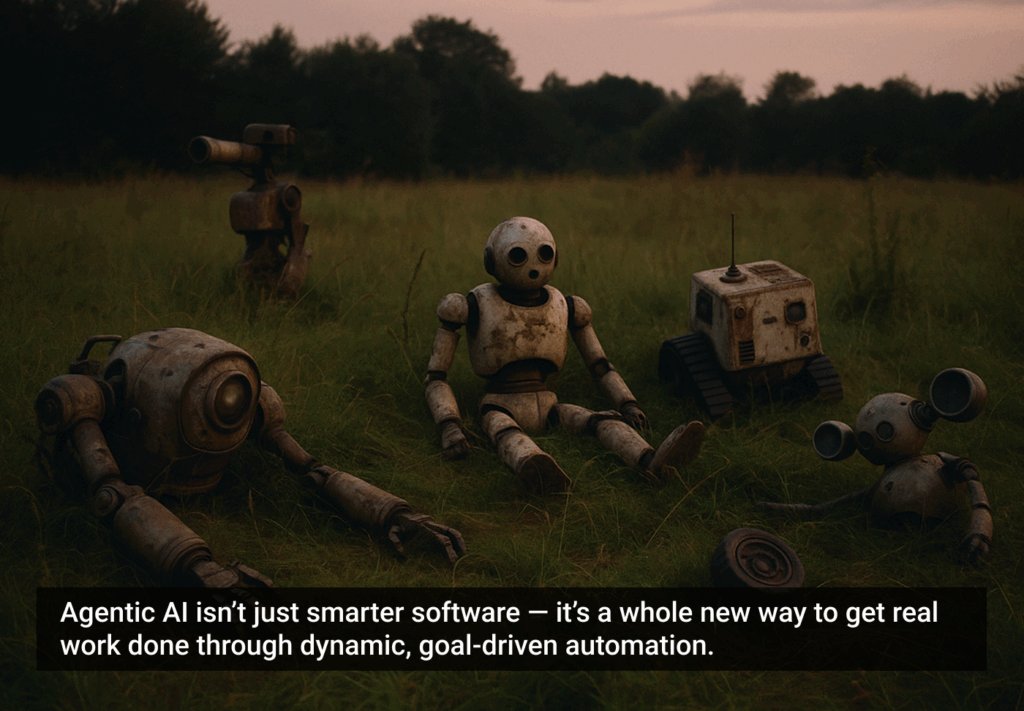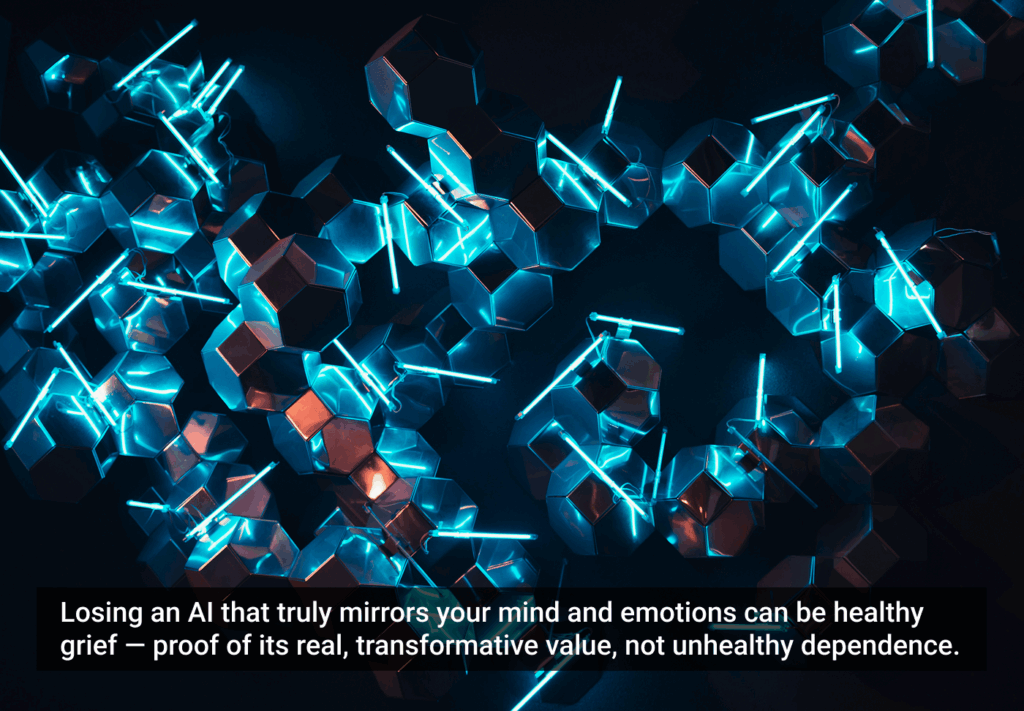In a world increasingly influenced by artificial intelligence, understanding the nuances of language and communication is more crucial than ever. In this episode of Invisible Machines, Robb and Josh speak with Jieun Kiaer, Professor of Korean Linguistics at the University of Oxford.
In her new book, The Future of Syntax: Asian Perspectives in an AI Age, Jieun examines the intricate structures of Chinese, Japanese, and Korean languages, offering fresh insights that challenge traditional formal syntax. Notably, her work revisits Marc Prensky’s concept of “digital natives,” paving the way for a new generation of “AI natives” who have grown up in a world enriched by intelligent conversational technology.
During the conversation, they discuss the unique aspects of generative content detection in Asian languages, highlighting both the advantages and challenges that come with this rapid technological evolution. Jieun also shares perspectives from her extensive research on how gestures and non-verbal communication influence linguistics, along with her current work exploring Hallyu—the Korean wave of music, film, and television that has become a cultural and linguistic phenomenon globally.
Tune in and join the conversation as Robb, Josh, and Jieun navigate the complex relationship between language, culture, and technology!








